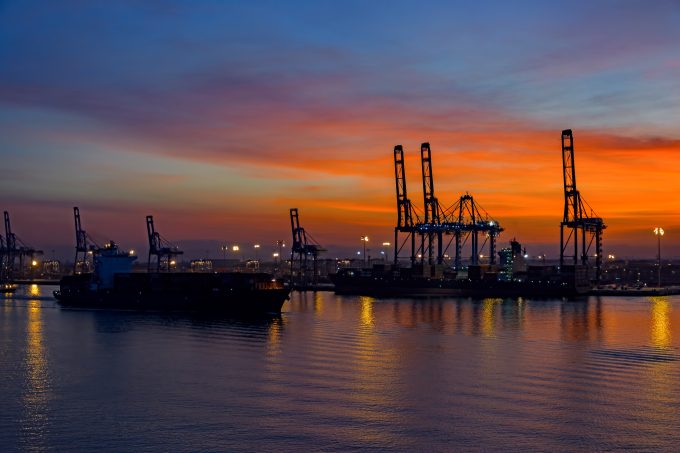Maersk bids to burst PTP bubble as it reports record congestion-free month
The port of Tanjung Pelepas (PTP) reported a record-breaking month, without congestion, in July, but ...

A flurry of new port capacity on the Straits of Malacca could further intensify competition for South-east Asia’s transhipment cargo.
In addition to expansions by terminal operators in Singapore, Port Klang and Tanjung Pelepas – the region’s three major transhipment hubs – Malaysian authorities have announced deals with ...
Predatory rivals circle as the ripples from DSV's Schenker buy widen
Latest Israeli attack on Iran a threat to box ships in Straits of Hormuz
DHL Express facilities in Canada forced to shut down by strike
Industry concerns rise after yet another box ship on fire off Indian coast
New Middle East conflict brings airspace closures, flight chaos and oil price worry
More legal trouble in India for MSC: feeder vessel detained after box ship disasters
Return of downward pressure on container spot freight rates
BYD launches logistics subsidiary – and eyes ports and shipping sectors


Comment on this article